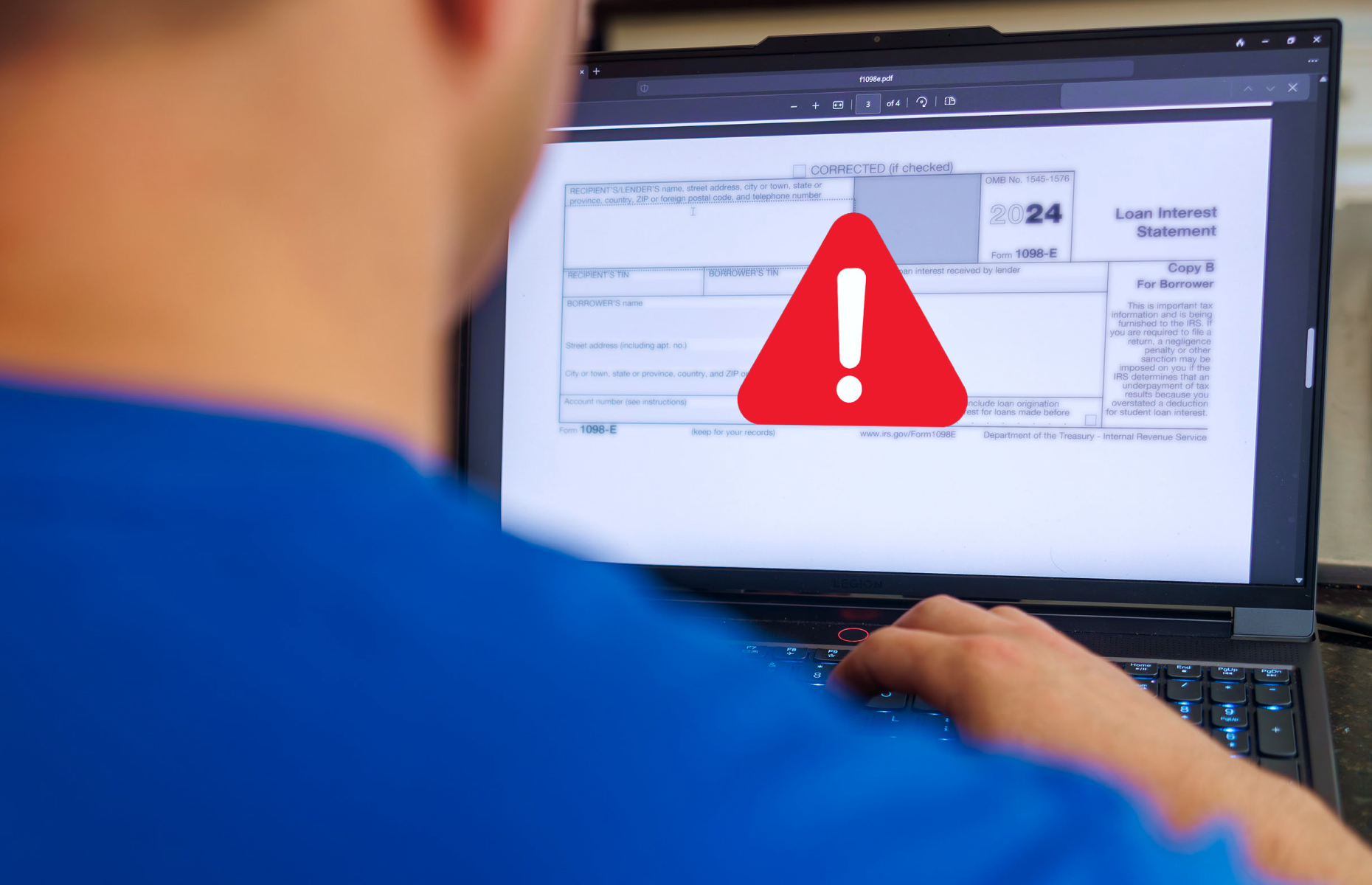Enter your email address to receive the latest ITVET news, market insights, and useful IT tips.
In modern organisations, your IT network must be fit for purpose. Understanding the most common network issues and solutions can help avoid costly downtime and keep your business running smoothly.
In this article, we’ll explore the most common network problems for businesses and how to solve them:

1. Slow network performance
You seem to have an internet connection, but you’re sat in awkward, laggy video calls, downloads are taking too long, and everything is just not as responsive as you’d expect it to be. And you’re right to expect a smooth sailing experience when it comes to getting your job done.
We understand that slow network performance can feel annoying and affect productivity. If you ask around, are there any other employees using the same WiFi connection who are experiencing this slow network problem today? Well, let’s talk about what could be at the root of the problem.
Slow network performance can be a frustrating and common issue for businesses, leading to delays, fragmented workdays and decreased productivity. Some of the main casues of a slow network include out-of-date hardware, bandwidth congestion, a security breach or software conflicts.
Solution
- Check your internet speed
By running a speed test, you can see if your internet is running slower than your internet provider promised. With this information, you can phone your internet provider and ask for their assistance in solving the problem. Finding out whether there is an outage in your local area may also prove helpful and you could save yourself some valuable time before delving in deeper to identify any additional causes.
- Check for any malware
An infection of malware on your computer can cause slow network performance. To solve this issue simply check for malware by running an antivirus scan. - Check access points
Are you situated far from the nearest access point? Are you currently connected to the access point in your proximity, or are you connected to a different one, which may indicate potential handover issues? If you’re connected to a 5GHz network and experiencing sluggish speeds, have you considered trying a 2.4GHz network instead? - Upgrade your hardware
Upgrade hardware such as your routers, switches, and network interface cards. This will provide faster data transfer rates and improve network performance. Additionally, implementing Quality of Service (QoS) settings can help prioritise network traffic and reduce bandwidth congestion.
If you’re experiencing a slow network problem and your internet can’t keep up with your business needs, we’re here to help. Our network experts are happy to discuss solutions for fast internet speeds while keeping your network secure.

2. Poor network connectivity
Network connectivity issues can occur when devices on your network cannot connect to each other or the internet. Some of the key issues that cause poor network connectivity include network configuration issues, hardware faults, and outdated drivers.
Solution
- Check your network configuration and ensure that all devices are correctly configured.
- Check for hardware faults, such as cable damage.
- Update device drivers. This can help fix compatibility issues and improve network connectivity.
3. Duplicate IP addresses
You would know you had this network problem if an error message pops up that the IP address is already in use.
What causes duplicate IP addresses?
There are multiple reasons why this network problem happens such as:
- Two devices on a VLAN have the same IP address. This usually happens by your system administrator or your internet service provider.
- Your DHCP server has assigned the same dynamic address automatically to multiple devices.
- Your system administrator has assigned a static IP address to a device within your local network’s DHCP range. This same address is automatically given by the local DHCP server.
Solution
Your router’s default DHCP configuration is usually the problem here. You simply need to disable the DHCP server from any new device you add to get your network back up and running again.
4. Network cabling issues
One of the most common network problems we see is faults with network cabling. If you’ve been experiencing problems for some time now and they are increasingly getting worse it could possibly be a cabling issue. Here’s a list of common network cabling issues:
- Your cabling is out-of-date
When was the last time someone came in and had a look at your network cables? With the standards of cables constantly changing, a five-year-old cable could be the root of your issues. You’ll have a backbone cable that connects your network to the internet. It brings in signals from your internet service provider to all users of the same network. A faulty cable could suddenly cause complete downtime for these users.
- Your cabling no longer meets the needed standards
The Electronic Industries Association (EIA) and the Telecommunications Industry Association (TIA), set standards for all network cabling. It may sound long-winded but ensuring that you follow these standards will provide you with maximum connectivity while maintaining safety. During our site visits, we see a lot of cables made from copper-clad aluminium (CCA). This doesn’t comply with the standards defined by the EIT/TIA and they corrode easily – leading to slow network performance.
- Incompatibility occurs between cables and connectors
If you use different parts of cabling from different manufacturers, issues can arise that impact your network performance. The set-up of your cabling infrastructure requires specialist network expertise to avoid glitches and meet standards.
- The cabling hasn’t been installed properly
You need to consider the location of the cables in advance to ensure successful installation. Older buildings, in particular, require special consideration. Certain locations will require cable shielding to prevent interference.
- Do you have enough cables and switches?
To ensure you have enough you need to calculate the distance between the devices and routers. If you don’t calculate this correctly you could experience a slow network problem or complete downtime.
Solution
If you’re experiencing network cabling issues our network experts are happy to visit your premises to carry out an inspection. We’ll advise on the best solutions to improve network performance whether that’s new cabling or extra switches.
5. A particular workstation won’t connect to the internet
If a particular workstation can’t connect to your internet, firstly, ensure that the user can log in. This may seem like an obvious routine procedure, but sometimes the solution is as simple as that. Make sure to use the correct username and password and check if the caps lock is on. If all workstations except one can connect to the internet, your overall network is most likely okay. Focus on the workstation only.
Solution
Check the workstation’s network adapter configuration to ensure it has the correct IP, subnet, and DNS servers. If the issue won’t go away, check all firewall software to make sure that the needed ports are open to the external network.
6. DNS errors
The Domain Name System (DNS) is essentially the phonebook of the internet. When we are online we access information through domain names. The DNS translates domain names to IP addresses so your browser can load all internet resources.
You’ll know you’re experiencing a DNS configuration issue if an error messsge pop ups that states:
- The network path cannot be found
- The IP address could not be found
- The DNS name does not exist
Solution
To fix this, check the ‘Internet Protocol Version 4 (TCP/IP)’ settings for your network adapter. This will show you if an incorrect DNS server is specified, so instead, you can select “obtain DNS server address automatically.”
Let ITVET solve all your network problems
Network issues can severely impact your business’s productivity and profitability. We recommend a proactive approach to ensure your network is always running at peak performance. Our network support services provide maintenance, support and around the clock monitoring to help you avoid network problems and keep your business running smoothly.
Now that you have an understanding of common network issues and solutions you might require further assistance. Contact our friendly team of network experts today.












